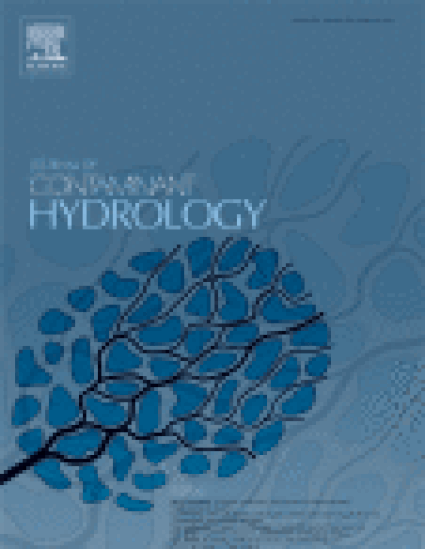
Air sparging is a popular, yet slow, remediation technology for soil and groundwater contaminated with volatile organic compounds (VOCs). This paper theoretically and experimentally studies the effect of electromagnetic (EM) waves on air-channel formation within a glass-bead medium—used as an analogy to soil—during air-sparging experiments. The impact of EM waves on cleanup is not the focus of this paper, and the impact on airflow may or may not positively impact resulting cleanup process using air sparging to remove VOCs through volatilization. The hypothesis is that dielectrophoretic forces by EM waves can be used to alter airflow. Air injection was performed at different pressures, in the presence of EM waves (referred to as EM-stimulated) of various power and frequencies and the absence of EM waves (referred to as unstimulated). Digital images of the airflow patterns were collected, processed, and analyzed for all tests. The shape of the zone of influence (ZOI) was observed, and the radius of the zone of influence (ROI) was measured, which showed a 16% increase in ROI due to EM stimulation. An experimentally validated numerical simulation of the electric-field component of EM waves was developed. The correlation between EM-wave and air sparging characteristics were then studied using the numerical simulation and acquired digital images of the airflow to investigate and validate that the dielectrophoretic mechanism is behind the EM effect on airflow.
